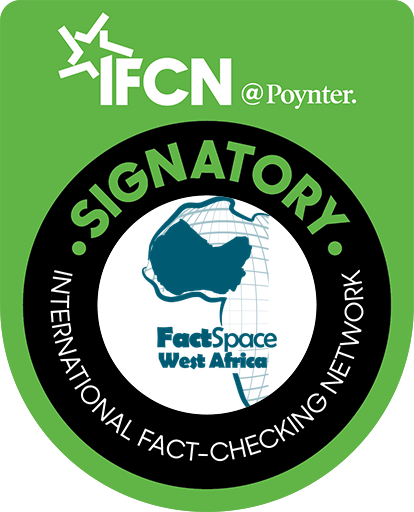Ghana has been experiencing a dry and dusty harmattan season for the past few weeks, which is raising some concerns about the air quality levels in the country.
The Harmattan is a season in West Africa that occurs between the end of November and the middle of March.
“You can even see the dust settling on cars, buildings, and any other thing, so it becomes very visible to us, and since it is coming from the bare floor, it will definitely have some pathogens, parasites, or disease-causing agents that may be dangerous to our health,” the Head of Central Analysis and Forecasting Unit at the Ghana Meteorological Agency, Felicity Ahianyo stated.
IQAir is an air quality technology company, specializing in protection against airborne pollutants, developing air quality monitoring and air cleaning products and the Air Quality Index (IAQ) showed that as of February 7, 2024, Accra had a very unhealthy air quality level of 261.
How does AQI work?
Think of the AQI as a yardstick that runs from 0 to 500. The higher the AQI value, the greater the level of air pollution and the greater the health concern.
AQI uses colour-coded categories, including Green (good), yellow (moderate), orange (unhealthy for sensitive groups), red (unhealthy), purple (very unhealthy), and maroon (hazardous) and provides statements for each category that tell you about air quality in your area.
Ghana’s Air Quality Index
So far in 2024, Accra is found within the purple region of the Air Quality Index, described as very unhealthy and continues to fluctuate between the dangerous zones.
According to Clean Air Fund, a global philanthropic organisation working with governments, funders, businesses and campaigners to create a future where everyone breathes clean air, an estimated 40% of Accra’s PM2.5 air pollution concentrations are attributed to road transport.
Other pollutants include Industrial and power plants, household heating, waste generation and seasonal harmattan dust.
Road Transport
“Almost half of Accra’s PM2.5 concentrations are attributable to road transport (39%), linked to inadequate public transport infrastructure. 70% of daily commuters in Ghana use privately run minibuses known locally as ‘Tro-tros’, which are often older, higher-emitting vehicles. Privately owned vehicles account for the rest of Accra’s traffic congestion and exhaust fumes,” Clean Air Fund stated.
Industrial and Power Plants:
Industrial and manufacturing activities account for 11% of air pollution in Accra. Using biomass fuels in power generators, automobile spraying, and carpentry significantly contributes to the emission of harmful pollutants, including mercury, lead, cadmium, polycyclic aromatic hydrocarbons, dioxins, and furans.
Other Causes:
Additional contributors to air pollution include household heating (10%), waste generation (5%), and seasonal harmattan dust.
Accra faces challenges with solid waste management, with an annual production of almost 900,000 metric tons. Projections indicate a doubling by 2030, attributed to 14.6% of households burning their daily solid waste and 17.4% of waste being improperly disposed of in public spaces.
Health Risks Associated with Air Pollution:
Vulnerable groups, including young children, the elderly, pregnant women, and those with pre-existing health conditions, face increased risks.
PM2.5 can infiltrate the bloodstream, leading to organ damage, particularly in the heart, liver, and kidneys. Prevalent health issues include cardiac and pulmonary problems, lung tissue scarring, increased risks of COPD, dermatitis, and respiratory irritations.
In 2019, Accra recorded approximately 3,000 premature deaths due to air pollution, surpassing mortality rates from malaria, tuberculosis, and HIV/AIDS combined.
By: David Yovo-Ofori



